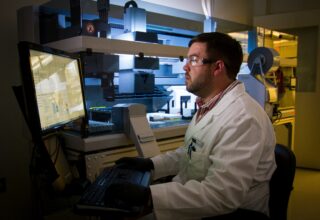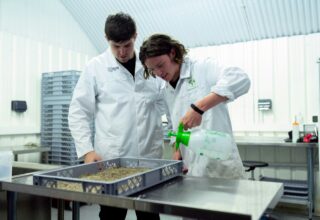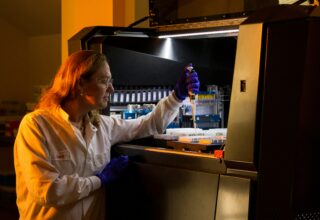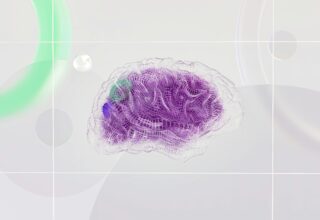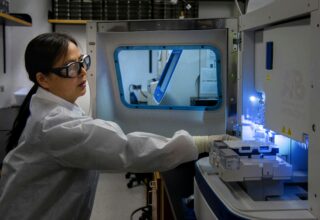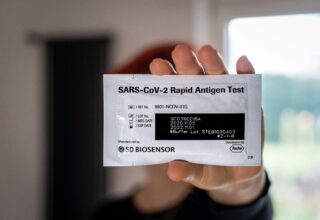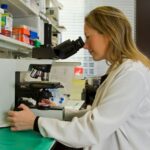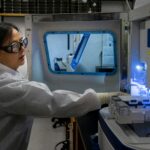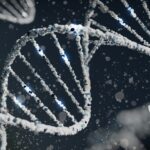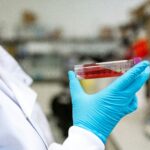By becoming a member of our site, you can add the content you like to your favorites, and present the content you have produced or liked on the internet to our site visitors with the send content option.
Zaten bir üyeliğiniz mevcut mu ? Giriş yapın
By becoming a member of our site, you can add the content you like to your favorites, and present the content you have produced or liked on the internet to our site visitors with the send content option.
You Can Benefit from All Options Exclusive to Our Members by Registering
Next Content:
Exploring the Rothschild Dynasty: A Historical Overview
- Home Page
- #bioengineering
- Biohacking Revolution: Exploring the Frontiers of Human Enhancement
Biohacking Revolution: Exploring the Frontiers of Human Enhancement

The biohacking revolution is pushing the boundaries of human enhancement, merging biology with technology to unlock new potential in human performance and health. This emerging field, also known as DIY biology, involves individuals and communities experimenting with biological techniques to improve their bodies and minds, often outside traditional medical frameworks.
One of the most popular aspects of biohacking is nutrigenomics, which focuses on how nutrition affects gene expression. Biohackers use personalized diets and supplements to optimize their genetic potential, aiming to enhance energy levels, mental clarity, and overall well-being. By analyzing their genetic profiles, individuals can tailor their diets to meet their specific nutritional needs, leading to more effective and personalized health strategies.
Nootropics, also known as smart drugs, are another key area of interest in the biohacking community. These substances, ranging from natural supplements to synthetic compounds, are used to enhance cognitive functions such as memory, creativity, and focus. Biohackers experiment with various nootropics to find combinations that yield the best results, contributing to improved mental performance and productivity.
The use of wearable technology is revolutionizing how biohackers monitor and enhance their bodies. Devices like fitness trackers, smartwatches, and continuous glucose monitors provide real-time data on various physiological parameters, allowing users to make informed decisions about their health and fitness routines. These technologies enable biohackers to track their progress, optimize their workouts, and manage their health more effectively.
Gene editing tools, such as CRISPR, represent the cutting edge of biohacking, offering unprecedented possibilities for human enhancement. While still largely experimental and controversial, some biohackers are exploring ways to edit their own genes to improve physical abilities, resistance to diseases, and even lifespan. The potential of gene editing to revolutionize medicine and human capabilities is immense, though it also raises significant ethical and safety concerns.
Biohacking also encompasses body modification techniques, including the implantation of microchips and other devices to augment physical abilities or provide new functionalities. These modifications can range from practical applications, like unlocking doors or making payments with a wave of the hand, to more experimental enhancements, such as embedded sensors that provide additional sensory inputs.
Sleep optimization is another focus area, with biohackers experimenting with various methods to improve sleep quality and duration. Techniques such as polyphasic sleep, which involves multiple short naps throughout the day, and the use of sleep trackers to monitor sleep stages are employed to achieve more restorative sleep and enhance overall performance.
Despite its promise, the biohacking movement faces challenges, including regulatory hurdles, ethical dilemmas, and potential health risks. The largely unregulated nature of biohacking means that safety and efficacy can vary widely, and individuals must approach these practices with caution. Additionally, the ethical implications of human enhancement, particularly in areas like gene editing and body modification, continue to spark debate.
In conclusion, the biohacking revolution is exploring the frontiers of human enhancement by combining biology, technology, and personal experimentation. From nutrigenomics and nootropics to wearable technology and gene editing, biohackers are pushing the limits of what it means to be human. As this movement grows, it holds the potential to significantly impact health, performance, and our understanding of human capabilities, while also posing important ethical and safety questions that society must address.
We offer our respects and wish you a good reading. – Who Learns What? Team
- On-Site Comments













